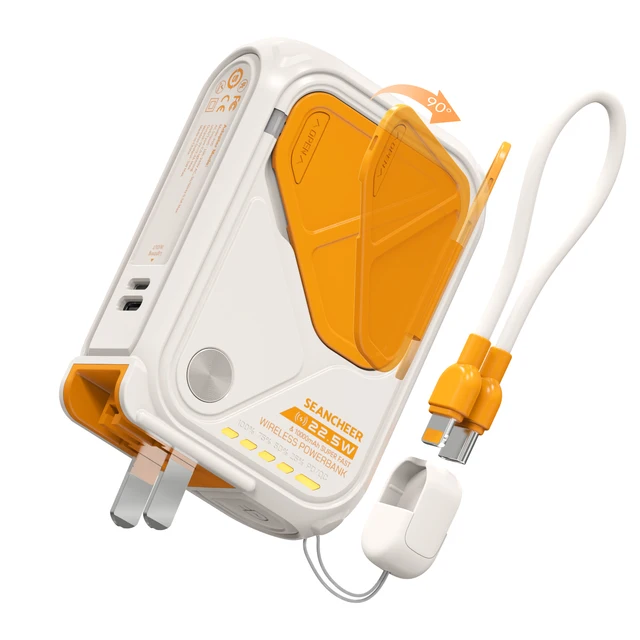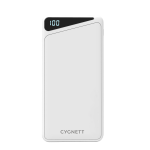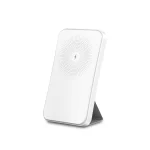What is a Power Bank?
A power bank is a portable battery used to charge devices on the go. It stores electrical energy and can charge phones, tablets, and other gadgets when you’re away from a power source. Power banks come in different sizes and capacities, usually measured in milliampere-hours (mAh). They’re equipped with USB ports for output and a micro-USB, USB-C, or even a Lightning port for charging the bank itself. The convenience of power banks has made them popular for travel, work, and emergency use.
Steps to Charge Your Power Bank Correctly
Step 1: Understanding Battery Levels
Before charging, check your power bank’s current battery level. This lets you estimate charge time needed. Most power banks come with LED indicators. The number of lit LEDs show how much charge is left.
Step 2: Selecting the Right Charger
Use the original charger that came with your power bank, if possible. Look for chargers that match the input specifications of your bank for optimal charging.
Step 3: Locating and Connecting to Input Port
Find your power bank’s input port, usually marked ‘Input’. Use the appropriate cable to connect the bank to a power source.
Step 4: Checking Indicator Lights During Charge
Watch the indicator lights. They can show the bank’s charge progress. Flashes or steady lights inform you how the charging is progressing.
Step 5: Completing the Charge
When all LEDs are lit or the indicator shows 100%, your power bank is fully charged. Disconnect it from power to prevent overcharging.
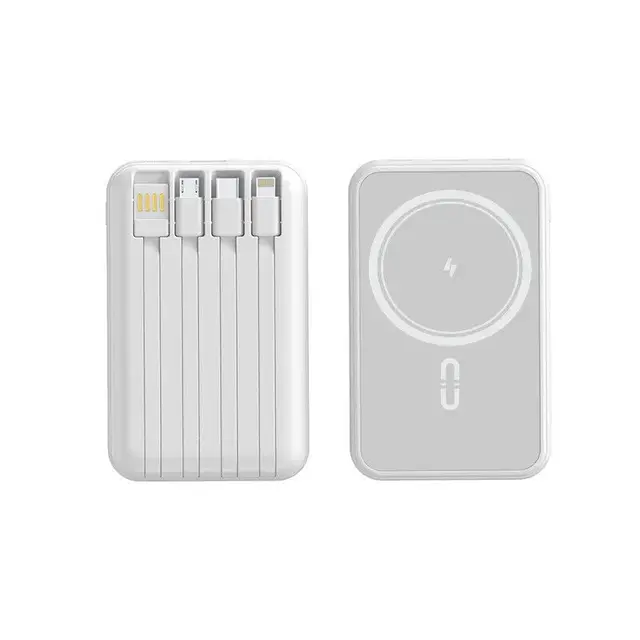
Tips to Speed Up Charging Time
To make your power bank charge faster, consider these smart tips:
- Use the Correct Charger: Always opt for the original charger or one with the same specs. It matches your power bank’s needs. A mismatched charger can slow down the process.
- Plug Directly into a Wall Socket: Charging from a wall outlet is usually faster than via computer USB ports.
- Turn Off the Power Bank: If possible, switch off the bank during charging. This stops it from discharging at the same time.
- Keep It Cool: Avoid exposing your power bank to high temperatures during charging. Heat can reduce charging efficiency and damage the battery.
- Use Advanced Ports if Available: If your power bank supports fast charging through USB-C or Quick Charge ports, use them. They’re built to speed up charging times significantly.
- Maintain Optimal Battery Level: Try not to let your power bank drain completely. Charging from a semi-full state can be quicker.
- Check Cable Health: Ensure your charging cables are intact. Worn-out cables can impede current flow and slow down the charging.
These tips can make a noticeable difference in how quickly your power bank powers up, helping you get back to your activities without a long wait.
How to Care for Your Power Bank
Proper care can extend the life of your power bank. Follow these straightforward steps to maintain its efficiency:
Avoid Extreme Temperatures
Keep your power bank away from too hot or too cold environments. High temperatures can cause damage, while low temperatures might reduce its effectiveness.
Store in a Cool, Dry Place
When not in use, place your power bank in a location that is not damp or humid to prevent damage.
Charge Fully Before Extended Storage
If you plan not to use the power bank for a while, charge it completely first. This helps keep the battery healthy.
Use the Right Cable
Stick to the cable that comes with the power bank. Other cables may not be compatible and could slow down the charge or harm it.
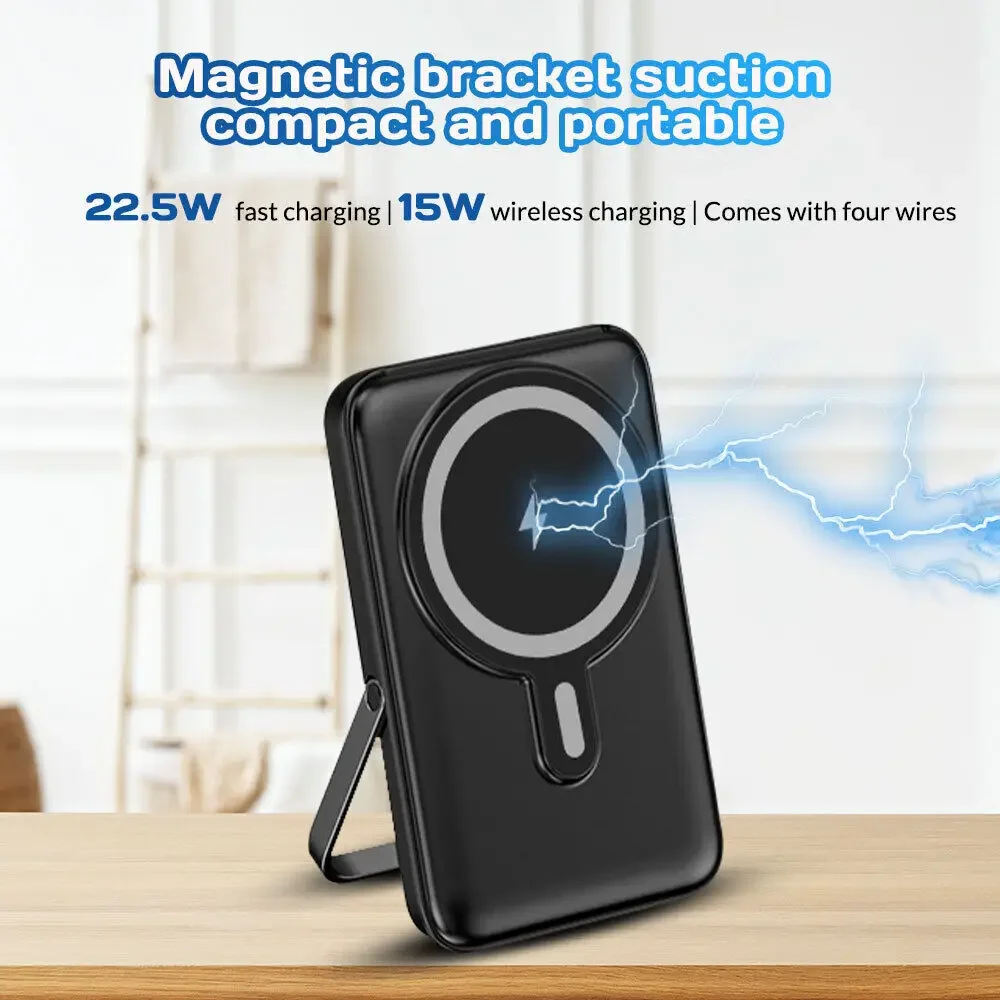
Regular Charging Cycle
Charge the power bank regularly, even if you don’t use it often. This maintains the battery’s capacity and prolongs its life.
Adopt these care tips to keep your power bank in top shape and ready to use when needed. With good care, your power bank will serve as a reliable source of power for your devices for years.
Identifying When Power Bank is Fully Charged
To know when your power bank is fully charged, check the indicators. LED lights or a screen will show you. Most models use lights that stop flashing when full. Some have screens that read 100%. Always unplug the power bank once it’s fully charged. Doing so keeps the battery healthy. Full indicators mean you are ready to use it.
Best Practices for First-Time Use of a Power Bank
When you use a power bank for the first time, follow these best practices:
- Read the Manual: Start by reading the user guide. It offers important info about your device.
- Charge It Fully: Before you use it, charge your power bank to 100%. This sets it up for future cycles.
- Check the Ports: Ensure you know which port is for input and which is for output.
- Use the Right Cable: Use the cable that came with your power bank, if provided.
- Monitor the Charging: Watch the lights or the display to see how the charge is going.
- Avoid Using While Charging: Don’t charge other devices with the power bank during its first charge.
- Store it Right: After the first use, store the power bank in a cool and dry place.
Following these steps ensures your power bank is ready and reliable for many charges to come.
Avoiding Common Charging Mistakes
To make sure your power bank lasts as long as possible, avoid these common charging mistakes:
- Do Not Overcharge: Unplug your power bank once it hits 100%. This protects the battery.
- Avoid Incorrect Chargers: Use the charger that came with your power bank or one with the right specs. Wrong ones can harm your device.
- Don’t Wait to Recharge: Charge your power bank before it drains completely. This helps keep the battery healthy.
- Stay Away from Water: Keep the power bank dry. Water can damage the electronics inside.
- Handle with Care: Don’t drop your power bank. Physical impacts can harm its internal components.
- Keep It Cool: Always charge in a cool place. Heat can shorten the battery’s life.
- Regular Use: Use and charge your power bank regularly. It’s good for the battery’s health.
- Proper Storage: When not in use, keep your power bank in a dry and moderate temperature place.
By following these tips, you can maintain the quality and extend the lifespan of your power bank.
FAQ: Optimizing Power Bank Usage
When utilizing power banks, users commonly have questions regarding their optimal use and maintenance. Below are some frequently asked questions and their concise answers to help you make the most out of your portable charger.
How long should I charge my new power bank?
For a new power bank, it’s ideal to charge it until all indicators show full or until the display reads 100%. This may take several hours depending on the model.
Can I use my phone’s charger to charge my power bank?
Yes, but ensure the charger matches the power bank’s required input specifications. This prevents damage and ensures efficient charging.
Is it okay to leave the power bank charging overnight?
While most have overcharge protection, it’s safer to unplug once fully charged. This practice also conserves energy.
How often should I charge my power bank?
Charge it regularly, even if not in use. This helps maintain the battery’s optimal performance.
What should I do if my power bank takes too long to charge?
Check the charger and cable for compatibility. Use the highest power output charger applicable for faster charging.
Can I pass through charge (charge the power bank while charging another device)?
Some models support this, but consult the user manual as it varies by device and can affect long-term battery health.
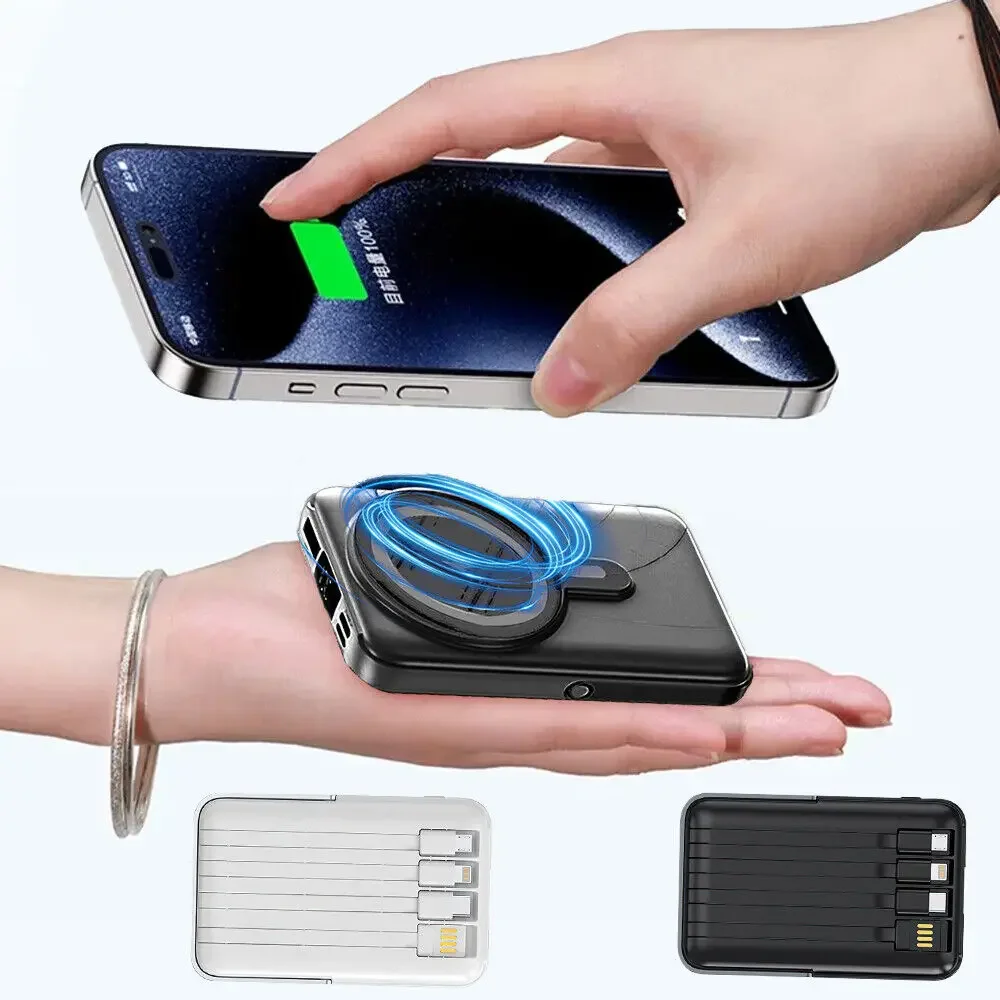
Why is my power bank not charging to full capacity?
This could be due to using an incorrect charger, a faulty cable, or the power bank nearing the end of its lifespan.
My power bank gets hot—is that normal?
Some warmth is common, but excessive heat can be a sign of overcharging or malfunction, and it should not be ignored.
By adhering to these practices, you can ensure that your power bank remains a reliable source of power when you need it most.
